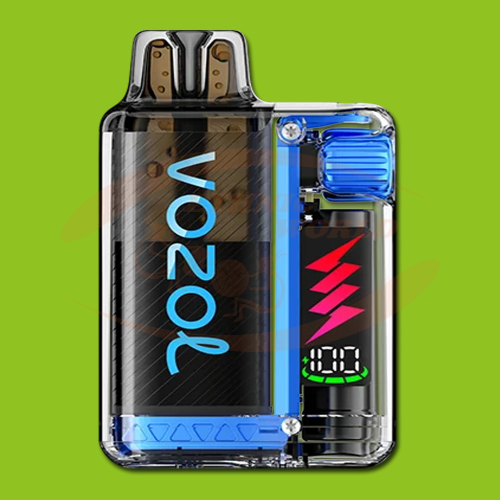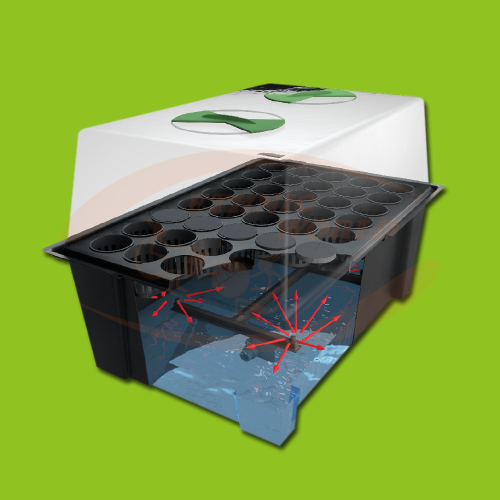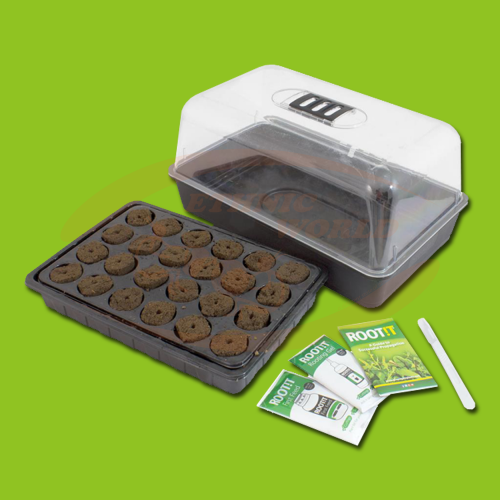
There are indeed a number of enquiries about building germination chambers, so we've decided to provide some consolidated resources and advice.
Getting started with a growth chamber
An important first step is to think about the actual purpose of the chamber. There are a number of horticultural practices that benefit from dedicated, environmentally controlled spaces. These include
- germination
- starting
- propagation/transplantation
- tuber sprouting
- rhizomes
- grafting
All these practices fall into the category of "growth chambers"
Germination
Germinating a plant from a seed, sometimes called "popping" the seed. This is the very first stage of growth. It generally requires warm temperatures and humidity. Light is generally not necessary. A simple insulated chamber with heat mats can hold several trays of potting soil just long enough to germinate the seed.
Starting
Initial growth of a plant once it has germinated from seed (after "popping" the seeds). It follows germination. It generally requires warm temperatures, humidity, ventilation and light. Some growers simply use a germination chamber to 'pop' the seeds, then immediately move the shoots to a greenhouse or high tunnel for initial growth. Others have dedicated growth chambers for this stage.
Propagation
Transplanting started plants from a cell or pot of a given size to a larger size, cloning plants from cuttings, or sprouting tubers or rhizomes. When starting from seed, this follows the germination and starting of plants as they grow. It can also be the first stage in cloning from a cutting. This stage is usually carried out in a greenhouse or greenhouse section, although some growers use dedicated chambers. The main aim of this stage is to encourage root development in a maturing plant. It generally requires warm temperatures, high humidity, controlled light intensity and controlled ventilation.
Grafting
Combining two parts of plants to make a whole plant (for example, combining a rootstock and a fruiting body, as with tomatoes). This operation tends to follow an initial period of growth and possibly transplanting or propagation to obtain a plant that is large enough to work. For grafts to heal successfully, attention must be paid to temperature, humidity and light. Generally speaking, it's best to have a warm space with high (but not wet) humidity and relatively low light levels. You can find more tips in a plant guide ).
Regardless of what your dream room looks like, how you'll use it or how big it is, there are a number of common features to consider.
The essentials
Growroom are often only used briefly each year, in late winter and early spring. So it can be difficult to devote much space or construction attention to them.
Structure
However, advance planning and a little care in assembly can provide a more efficient and durable space for a happy and healthy start. A simple structure can work very well.
Finding space
Some growers have found space for germination chambers under greenhouse benches, as light is generally not needed. This space is not otherwise used and the location makes it easier to move plants from the germination chamber to the bench. Ergonomics can be a challenge, but it can make sense for some. Growth chambers generally use several shelves to maximise dedicated floor space.
Healthy structure
It's often seductive to just pin up some insulation boards with long plaster screws, but consider something a little more solid and durable. You'll be in and out of the room and it's likely to be moved around. Some growers have used 'restaurant' style wire shelving which allows grow lights to be easily attached, can be easily wrapped in greenhouse polythene to keep humidity high and can be set up indoors for the start-up season.
Insulation and waterproofing
If you plan to install your grow room in an unheated or cool area, you may want to consider insulating it. Rigid board insulation is probably the easiest insulation material to use for this application. It's easy to cut and can be used as a wall panel on its own for this lightweight application.
- A single layer of blue board (polystyrene, R-12) works well for a germination chamber that will be housed in a greenhouse or other space with heating.
- A double layer provides additional insulation for cooler areas.
Sealing the structure and insulation is important for maintaining temperature and humidity. Caulking the joints can help prevent air leaks in this area. Insulation adhesive can be used to join joints between insulation boards or between insulation and framing, and can be used to glue several layers of insulation together. Insulation tape or polyethylene repair tape for greenhouses can also be used to seal joints. Spray foam can be used to fill large holes for thermostat, lighting and heating wires.
Your Ethnic World team will be happy to answer any questions you may have before you buy.





















